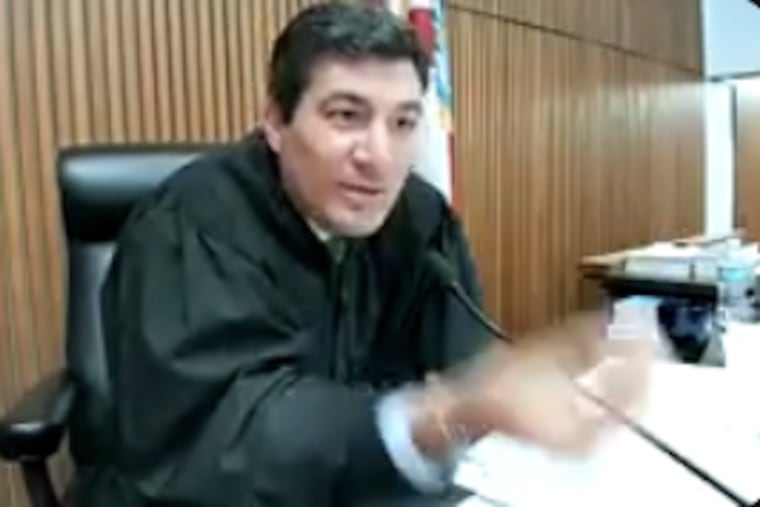No ‘rubber-stamp’: Judge orders SEC to try to reach a settlement with Par Funding owners
The SEC is demanding $337 million from the Philadelphia company's founders. Their lawyers say the maximum repayment should be $56 million.

The SEC is demanding $337 million from the Philadelphia company's founders. Their lawyers say the maximum repayment should be $56 million.
